The new Renault Twingo electric car will arrive in the UK in right-hand-drive form soon after its launch next year, the firm’s boss, Fabrice Cambolive, has confirmed.
The fourth generation of the model is due on sale in mainland Europe next year with a sub-€20,000 (£16,700) starting price, but there had been doubts over whether it would come to the UK because of the cost of converting it to right-hand drive. That had echoes of the original 1990s Twingo, which reached the UK only in its second generation.
But Cambolive has now confirmed to Autocar that the model will be sold in the UK, citing the strong positive reception of the Renault 5 and 4 as a key factor.
“The UK is very important in terms of product recognition, because your legacy in terms of cars is very important,” he said. “I’ve followed closely the reaction to the R5 and R4 [in the UK], and with Twingo the exercise will be even more interesting because it’s not only sportiness, agility, design and practicality but we can play on versatility.
“The Twingo can be one of the solutions of mobility for the UK tomorrow. You couldn’t have the genuine Twingo in 1992, because right-hand drive didn’t arrive until a generation after, but I will put all my pressure and my attention to get the Twingo for the UK as soon as possible [after it is launched in mainland Europe].”

Cambolive acknowledged that it hadn’t been easy to make the business case stack up, although it is likely to have been helped by the confirmation that Renault will produce an electric city car based on the Twingo for Nissan.
Speaking about making the business case work, Cambolive said: “It’s a challenge. We have to be very accessible when we speak about B-segment cars. Each time we are adding diversity and cost, it’s a kind of trade-off we have to do. But when I look at the strong start of sales of R5 in the UK, I don’t want to miss the opportunity to launch Twingo in the UK.”

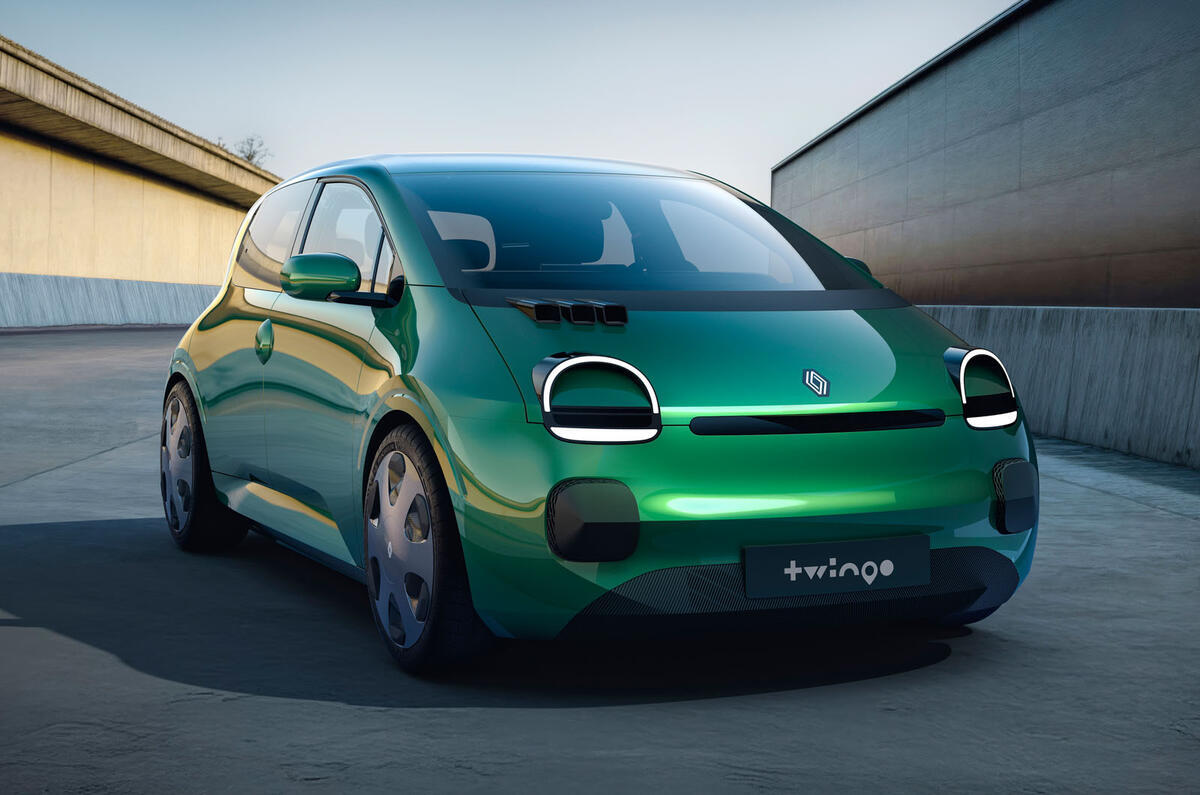
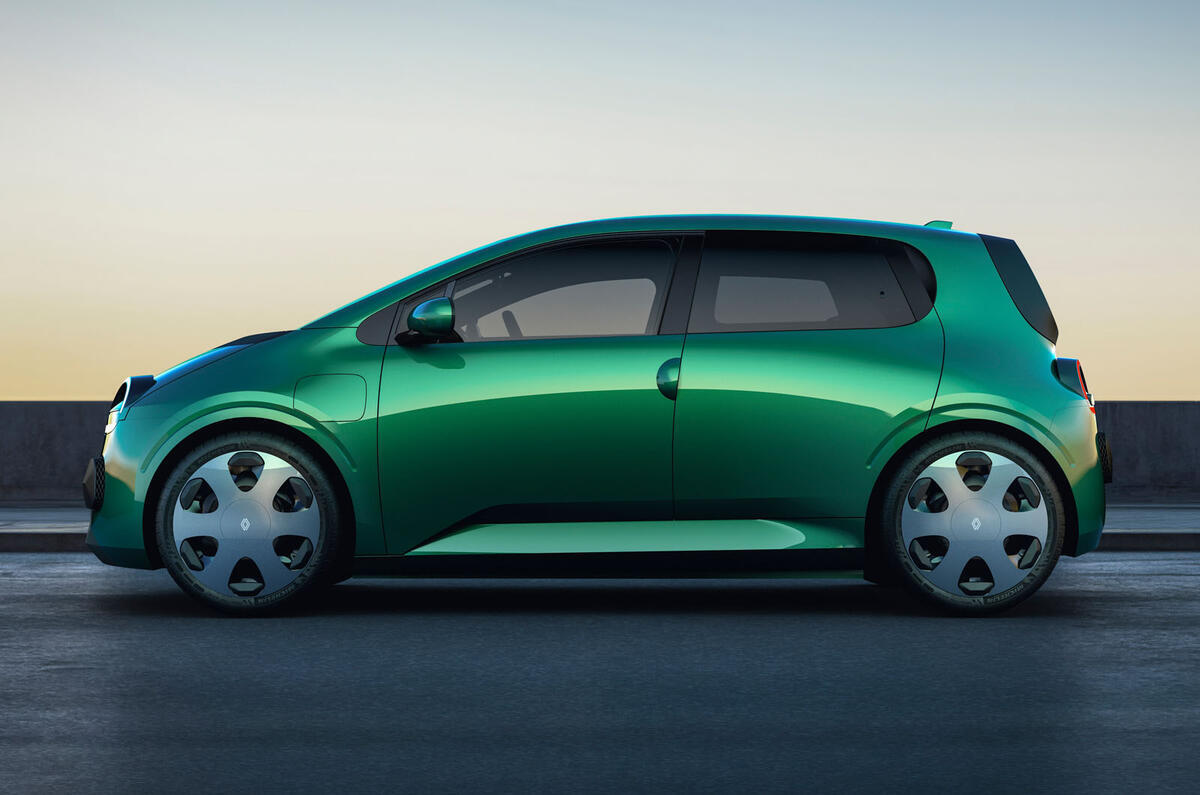
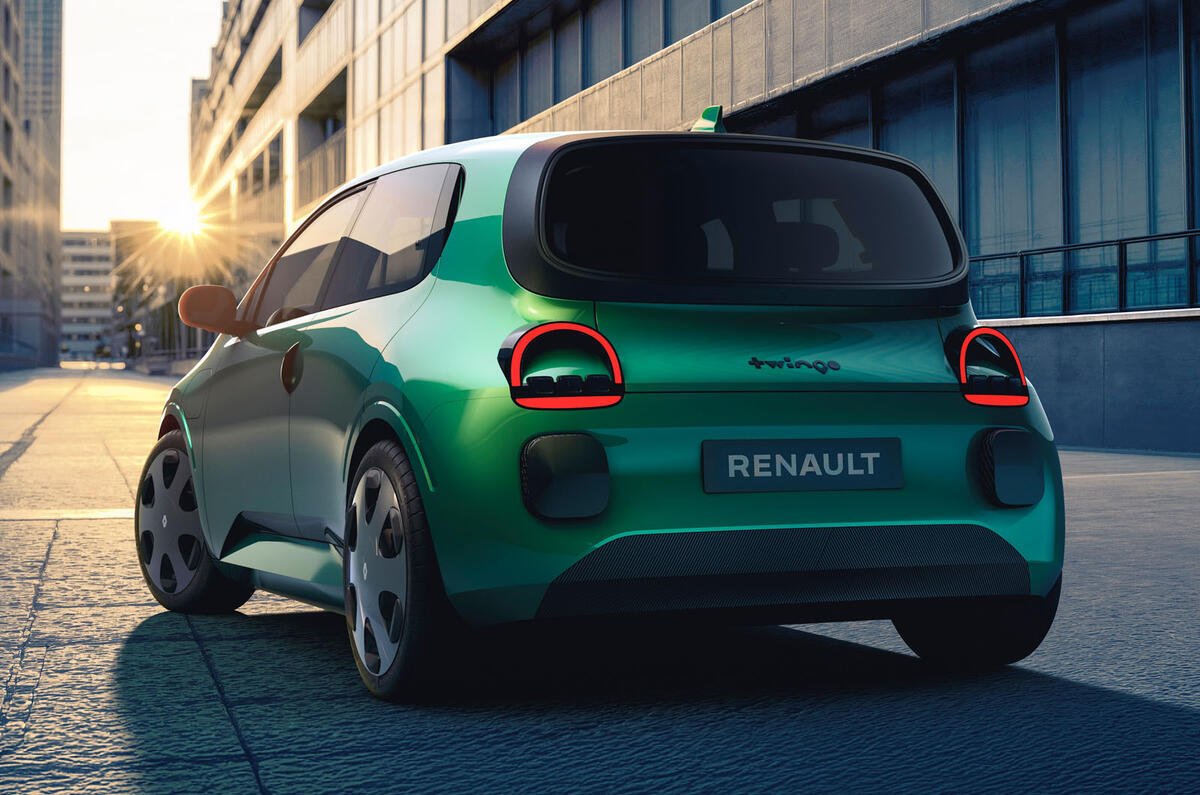
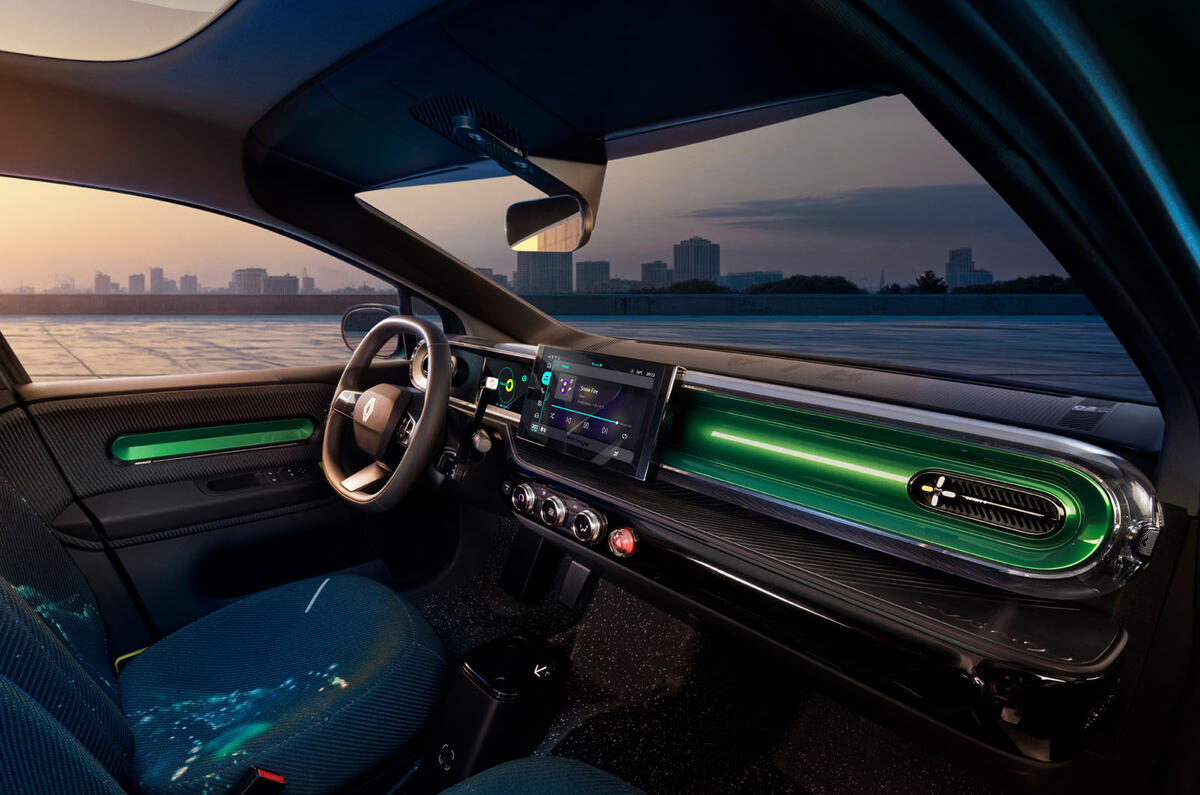

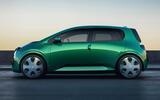
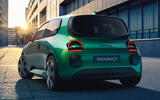
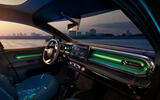






Join the debate
Add your comment
Hooray!
Hopefully the Twingo comes in at a great price.
Delighted to see that Renault have decided to sell a RHD version of the Twingo this along with the 4&5 give then a strong line-up in this sector of the EV market